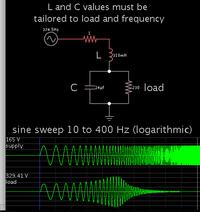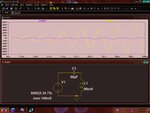RITESH KAKKAR
Banned
Hello,
I have notices when we connect the supply to transformer like inductor there is back Voltage/EMF generated which is higher than the applied voltage also depend on the frequency of supply and Capacitor value inductor value and resistance.
why does it happen?
the reason behind it when we remove capacitor it does not happen?
I have notices when we connect the supply to transformer like inductor there is back Voltage/EMF generated which is higher than the applied voltage also depend on the frequency of supply and Capacitor value inductor value and resistance.
why does it happen?
the reason behind it when we remove capacitor it does not happen?



